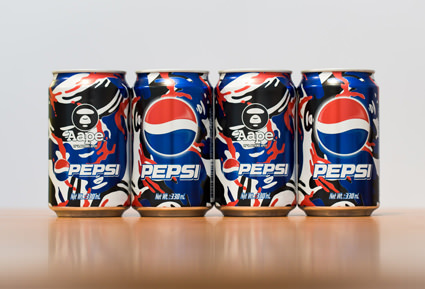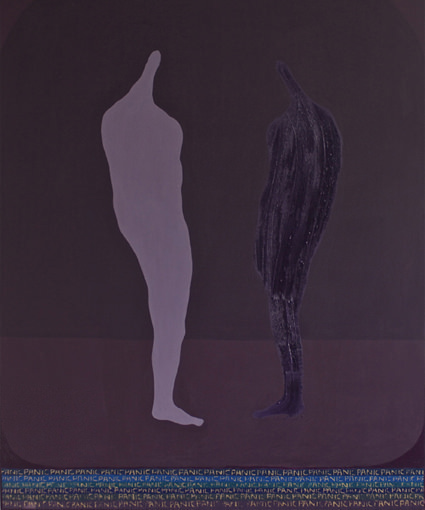Posted on
2013-08-19
Mapping the Abstract presents three artists who approach abstract painting with a remarkably fresh perspective. While today the idea of The Abstract typically provokes notions of technology and digital media, each Benjamin Brett, Blake Daniels, and Robert Fry consider abstraction as an organic and gestural process – proving that perhaps painting – one of the most conventional of disciplines – ultimately triumphs as perhaps the most experimental, exhilarating, and enduring of all media.
Perhaps the beings in Blake Daniels’ works come across as the most overtly humanoid and narrative based, yet his paintings are concerned with what is happening on a much more complex scale in which he is omniscient creator of his own diegesis. His works depict bodies and spaces that have been dislocated and fragmented through the externalization of imagined space. But is narrative of any importance here at all? Certainly any linear-narrative takes a secondary role to the relationship that occurs tangentially: their textural quality, their daring and off-kilter compositions, the abundance of oblong shapes that might suggest limbs, tongues, plants, animals, or viscera, or conversely, that may exist within the confines of the painting just because.
Similarly, Myriam Blundell writes that Robert Fry’s “enduring preoccupation is to find a visual equivalent to the metaphysical space separating the act of representation from the language of abstraction”. While the suggestion of the figure is central to Fry’s practice, it is the relationship between the being, the surrounding, and the paint itself wherein which Fry finds his locus. Here we are most drawn into his mark-making, the atypical color-choices and painterly confidence that affirm Fry’s world. The omnipresence of variations on a deep purple color (while un-gendered, is historically linked to royalty and piety) becomes Fry’s trademark of-sorts, where shadows, anatomical extensions, and dismembered body parts strangely summon thoughts of deepened psychological states, not unlike Rorschach inkblots. But something about his color choice becomes undeniably carnal – references to Bacon, Guston, Twombly, (and, in Man with Vesalius Skeleton, even Dutch anatomist Andreas Vesalius) – but the languages and landscapes emerge as undoubtedly Fry’s own creation.
Exhibition runs through to September 21st, 2013
Beers.Lambert Contemporary Art
1 Baldwin Street
London
EC1V 9NU
United Kingdom
www.beerslambert.com


